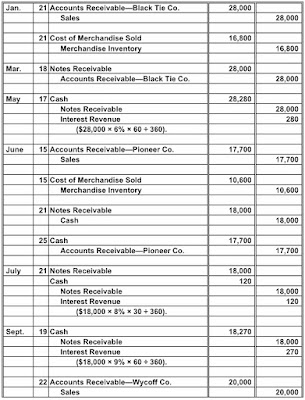Data related to the acquisition of timber rights and intangible assets during the current year ended December 31 are as follows:
a. On December 31, the company determined that $3,400,000 of goodwill was impaired.
b. Governmental and legal costs of $4,800,000 were incurred on September 30 in obtaining a patent with an estimated economic life of eight years. Amortization is to be for one-fourth of a year.
c. Timber rights on a tract of land were purchased for $2,975,000 on February 4. The stand of timber is estimated at 12,500,000 board feet. During the current year, 4,150,000 board feet of timber were cut and sold.
Instructions
1. Determine the amount of the amortization, depletion, or impairment for the current year for each of the foregoing items.
2. Journalize the adjusting entries to record the amortization, depletion, or impairment for each item.
Answer:
1 a. Loss from impaired goodwill, $3,400,000
b. $4,800,000 ÷ 8 years = $600,000;
1/4 of $600,000 = $150,000
c. $2,975,000 ÷ 12,500,000 board feet = $0.238 per board foot;
4,150,000 board feet × $0.238 per board foot = $987,700
2 a. Dec. 31 Loss from Impaired Goodwill 3,400,000
Goodwill3,400,000
Impaired goodwill.
b. Dec. 31 Amortization Expense—Patents 150,000
Patents150,000
Patent amortization.
c. Dec. 31 Depletion Expense987,700.
Accumulated Depletion987,700
Depletion of timber rights.
















